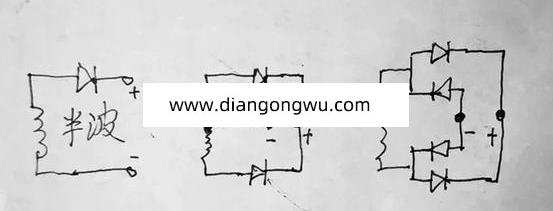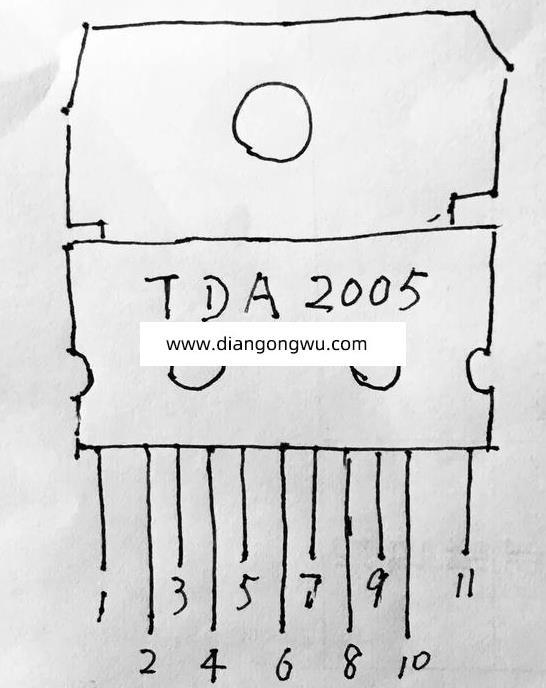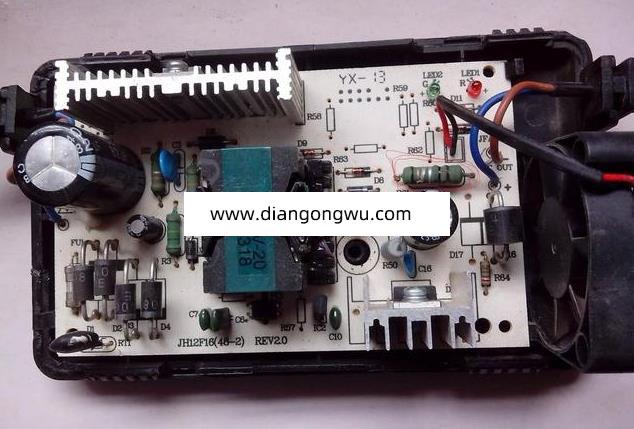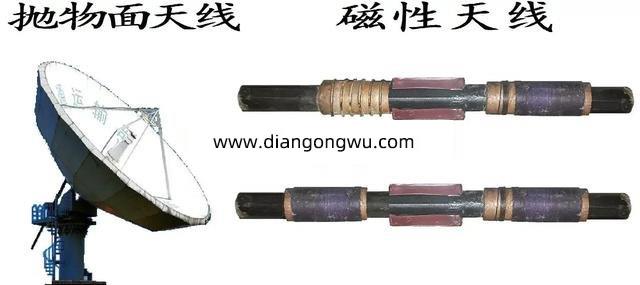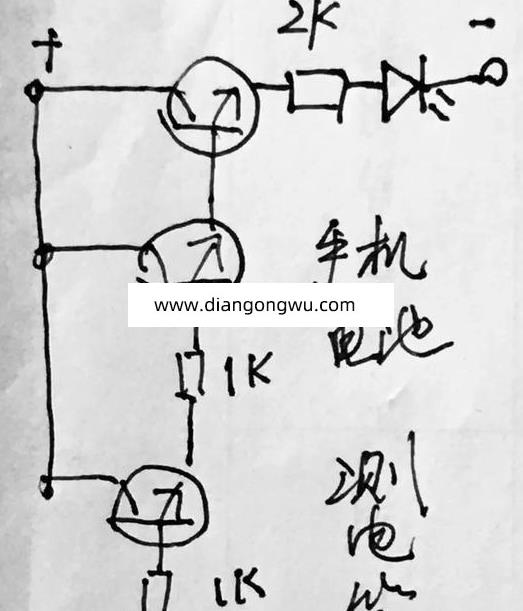for ( i=0; i {
RXD_buf[i] = 0x00;
}
}
//发送初始化
extern void TXD_init()
{
unsigned char i;
TXD_pin = 1;
TXD_p1 = 0;
TXD_p2 = 0;
for ( i=0; i《 TXD_BUF_LEN; i++ )
{
TXD_buf[i] = 0x00;
}
}
//发送单个字符
extern void TXD_Send_Char(const unsigned char c)
{
unsigned char p; //临时变量
p = TXD_p1 + 1;
if ( p 》= TXD_BUF_LEN ) p = 0;
while ( p == TXD_p2 ); //判断发送缓冲队列是否已满,如果是,则暂时不能发送
TXD_buf[TXD_p1] = c; //先将c写入队列
TXD_p1 = p; //再修改TXD_p1
//在T2中断服务程序里会自动完成发送
}
//发送字符串(不包括末尾的‘’)
extern void TXD_Send_String(const unsigned char s[])
{
unsigned char c;
unsigned int i = 0;
for (;;)
{
c = s[i++];
if ( c == ‘’ ) break;
TXD_Send_Char(c);
}
}
//定义接收缓冲字符
volatile unsigned char bdata RXD_ch;
sbit RXD_ch_MSB = RXD_ch^7;
//定义发送缓冲字符
volatile unsigned char bdata TXD_ch;
sbit TXD_ch_LSB = TXD_ch^0;
//T2中断服务程序
//每中断HITS次处理1位
static void T2INTSVC() interrupt 5 using 3
{
//定义接收所需要的变量
static bit RXD_doing = 0; //正在接收的标志
static unsigned char RXD_t = HITS/2; //接收时计数T2的中断次数
static unsigned char RXD_cnt; //接收时bit位的计数器
//定义发送所需要的变量
static bit TXD_doing = 0; //正在发送的标志
static unsigned char TXD_t; //发送时计数T2的中断次数
static unsigned char TXD_cnt; //发送时bit位的计数器
//先清除TF2
TF2 = 0;
//接收数据
if ( RXD_doing ) //正处于接收状态
{
if ( --RXD_t == 0 ) //经过了HITS个采样脉冲
{
if ( RXD_cnt == 0 ) //8个数据位接收完毕
{
if ( RXD_pin ) //检测到停止位
{
RXD_t = RXD_p1 + 1; //在这里,RXD_t作为临时变量
if ( RXD_t 》= RXD_BUF_LEN ) RXD_t = 0;
if ( RXD_t != RXD_p2 ) //如果接收缓冲队列未满
{
RXD_buf[RXD_p1] = RXD_ch;
RXD_p1 = RXD_t;
}
else
{
//如果接收缓冲队列已满,只好丢弃新收到数据
}
}
else //检测停止位时出错
{
//舍弃新收到的数据
}
RXD_doing = 0; //接收全部完毕,清除正在接收的标志
RXD_t = HITS/2; //恢复RXD_t的初始值
}
else //接收数据位
{
RXD_ch 》》= 1;
RXD_ch_MSB = RXD_pin;
//上面2条语句若用{CY=RXD_pin; CY=(RXD_ch&0x01); RXD_ch=ACC;}代替,效率更高
RXD_cnt--;
RXD_t = HITS;


